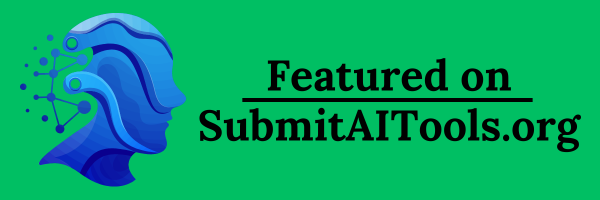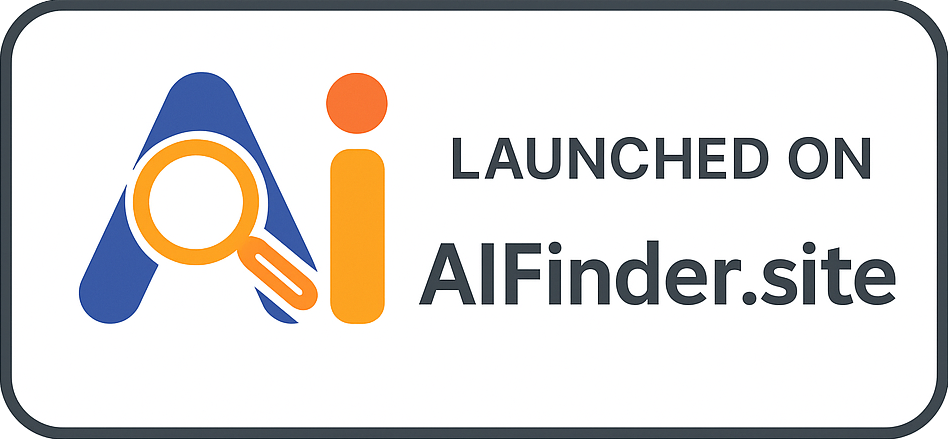Journey Mapping
Journey Mapping is a visual representation of the customer journey, detailing each stage a consumer goes through when interacting with a brand, from awareness to purchase and beyond.
Frequently Asked Questions
What is Journey Mapping?
Journey Mapping is a strategic tool used to visualize and analyze the entire experience a customer has with a brand, identifying key touchpoints and emotions associated with each phase of their interaction.
Where is Journey Mapping used?
Journey Mapping is used in various industries to improve customer experience, in areas like marketing, product development, and customer service, helping organizations understand and enhance customer interactions across different channels.
When should Journey Mapping be performed?
Journey Mapping should be performed during the planning phases of marketing strategies, product launches, or when there is a need to improve customer experience or address specific customer pain points.
Why is Journey Mapping important?
Journey Mapping is important because it provides insights into customer behavior, helps identify gaps in the customer experience, and allows brands to align their strategies with customer expectations, ultimately leading to improved satisfaction and loyalty.
How to create an effective Journey Map?
To create an effective Journey Map, gather data through customer feedback and research, outline the key touchpoints, understand customer emotions at each stage, and iterate the map based on stakeholder feedback and ongoing customer insights.
Key Takeaways
In the context of influencer marketing, Journey Mapping is invaluable as it helps brands understand how customers interact with influencers at various stages, enabling more effective engagement strategies and fostering stronger relationships with target audiences.
Hot Glossary Terms
Influencer Marketing
Influencer Marketing is a strategy that leverages the influence of individuals with large followings on social media to promote products or services, aiming to reach a targeted audience effectively.
Social Media Marketing
Social Media Marketing refers to the use of social media platforms and websites to promote a product or service, encouraging user engagement and brand awareness through content creation and sharing.
Content Strategy
Content Strategy is a comprehensive plan aimed at creating, publishing, and managing high-quality content to achieve business goals and enhance user engagement.
Brand Partnerships
Brand Partnerships refer to collaborative relationships between two or more brands or influencers aimed at promoting mutual interests and achieving shared goals through combined marketing efforts.
Engagement Rate
Engagement Rate is a key performance metric in social media and influencer marketing that measures the level of interaction and engagement a piece of content receives from its audience.
Related Terms
Affiliate Software
Affiliate Software is a type of technology that facilitates affiliate marketing by allowing businesses to manage, track, and optimize their affiliate programs effectively.
Affiliate Network
An Affiliate Network is a platform that connects advertisers with publishers or influencers who promote their products or services in exchange for a commission on sales or leads generated.
Social Media Verification
Social Media Verification is the process of validating the authenticity of accounts on social media platforms, usually represented by a blue checkmark, which helps users identify credible accounts of public figures, brands, and organizations.
Buyer Persona
Buyer Persona is a semi-fictional representation of an ideal customer based on market research and real data about existing customers.
Contract Essentials
Contract Essentials are the fundamental components and elements that must be included in any agreement, particularly in influencer marketing, to ensure that both parties have clear expectations and legal protections.







